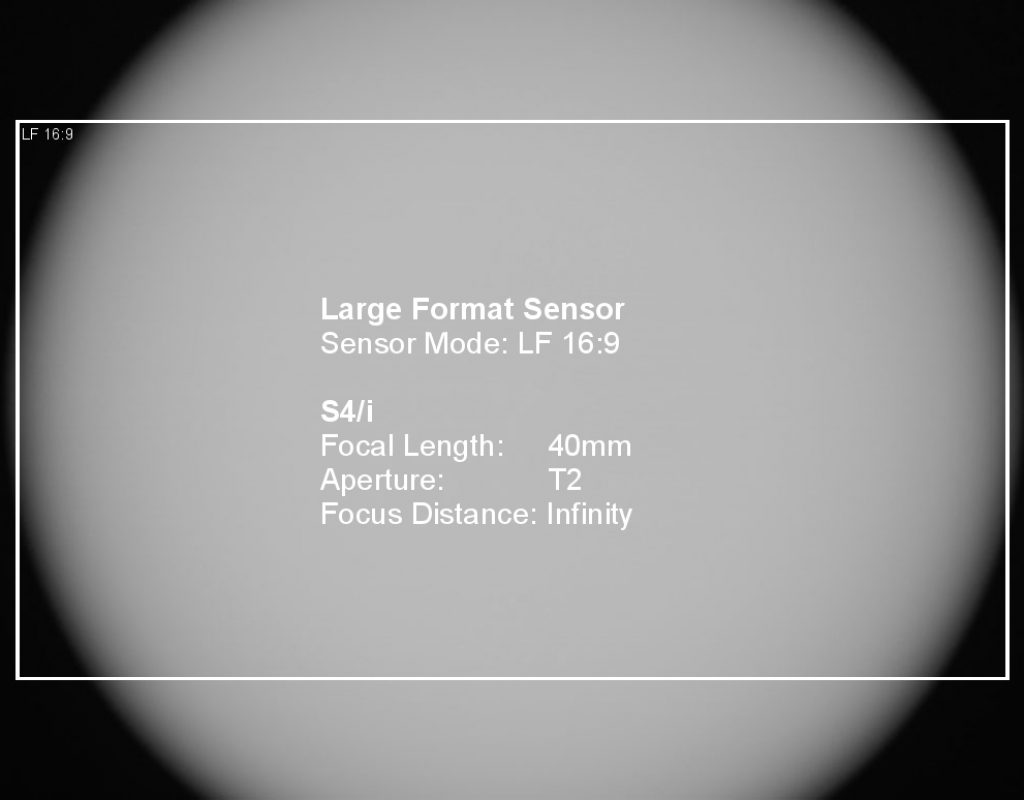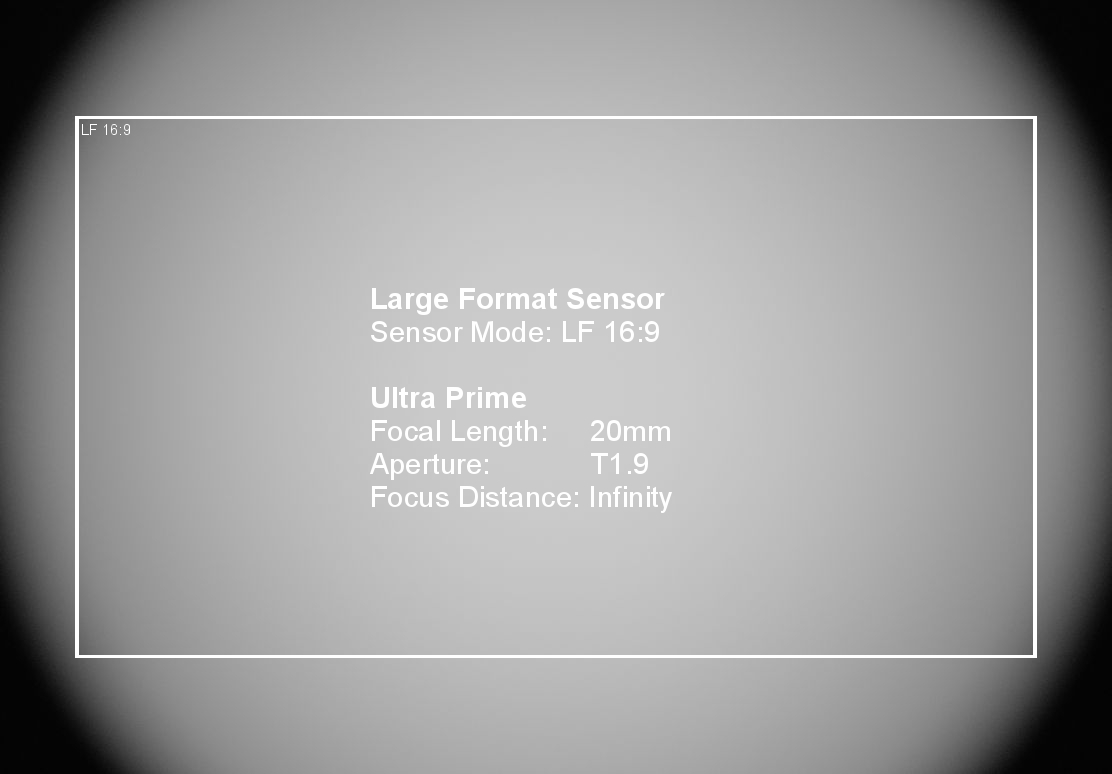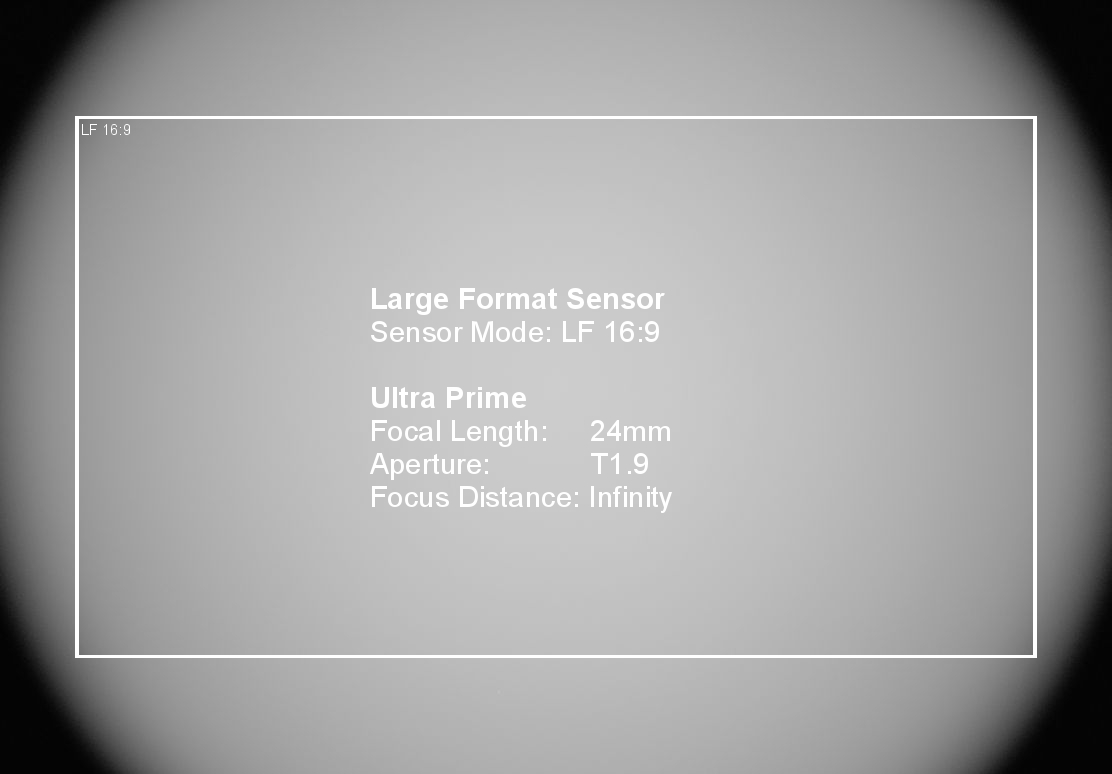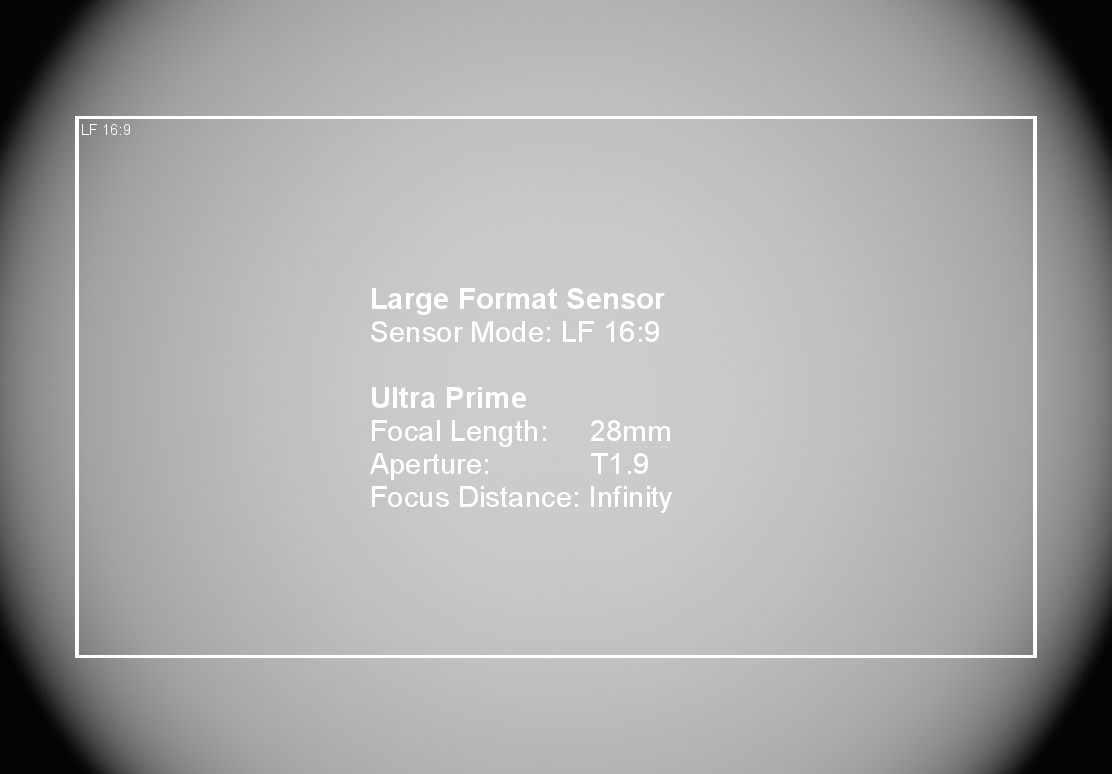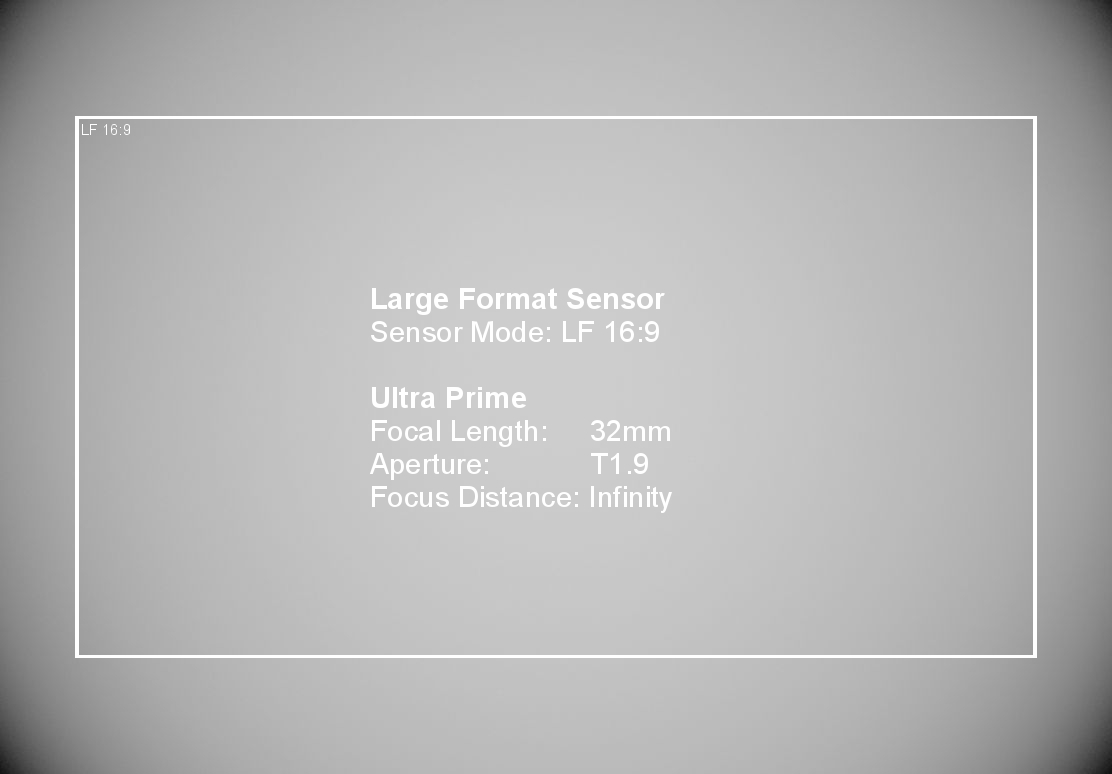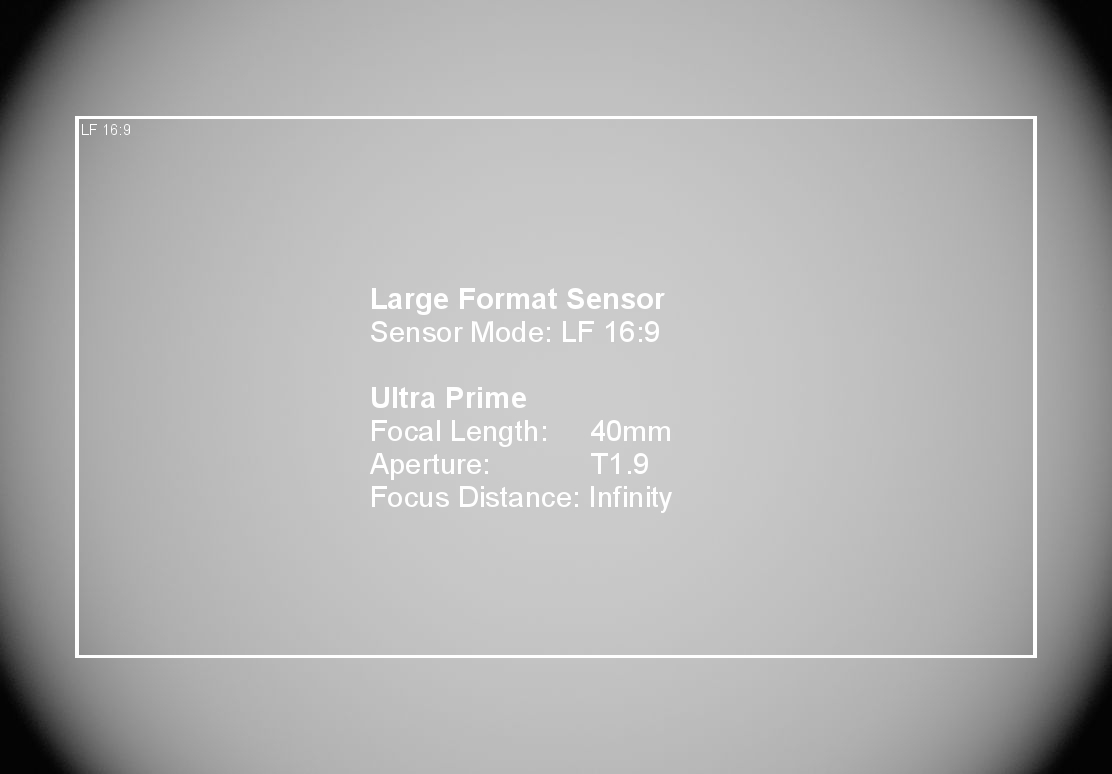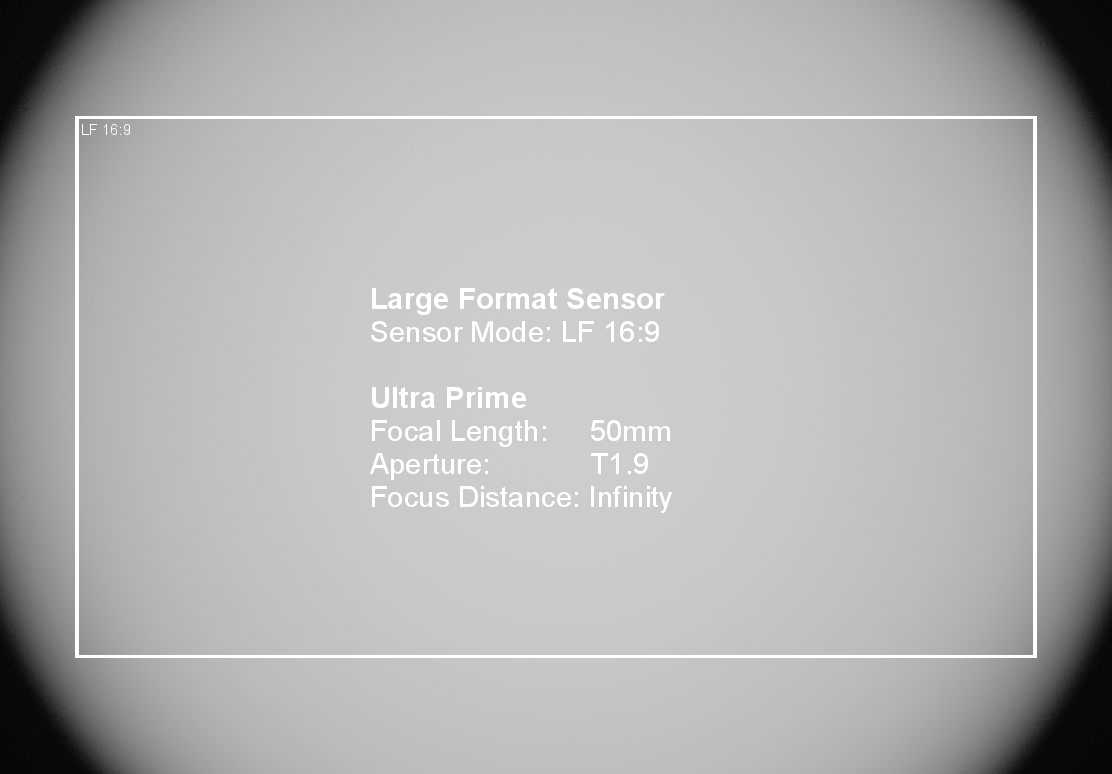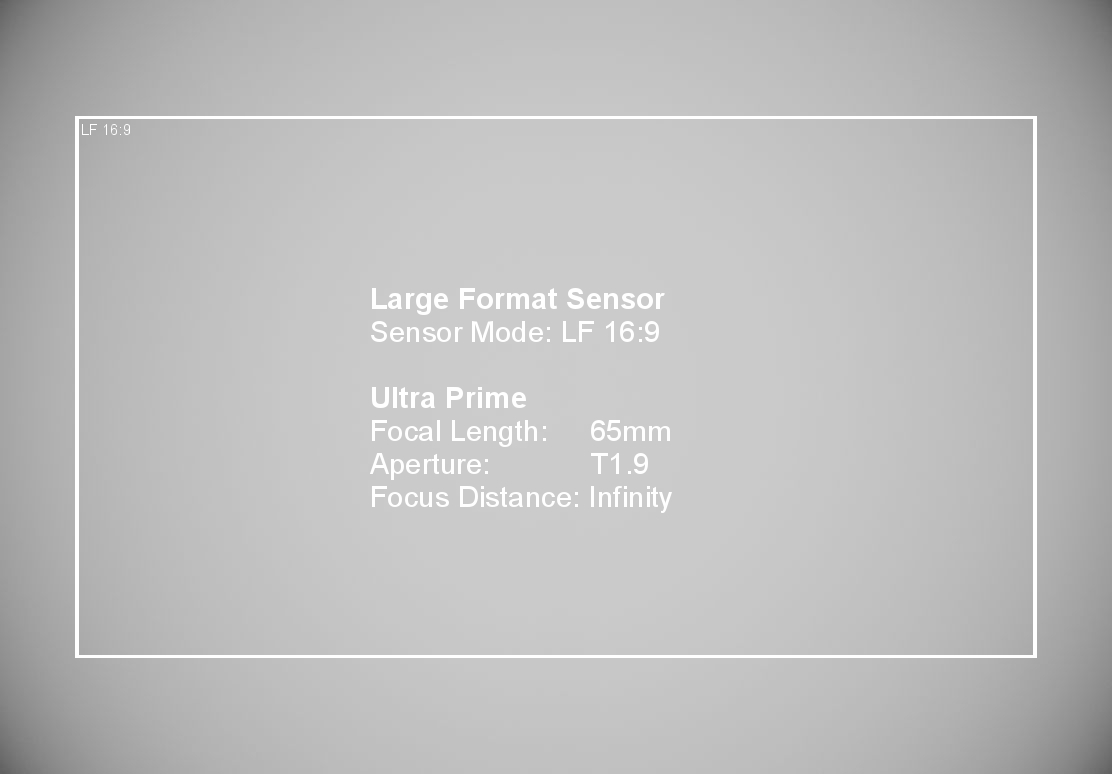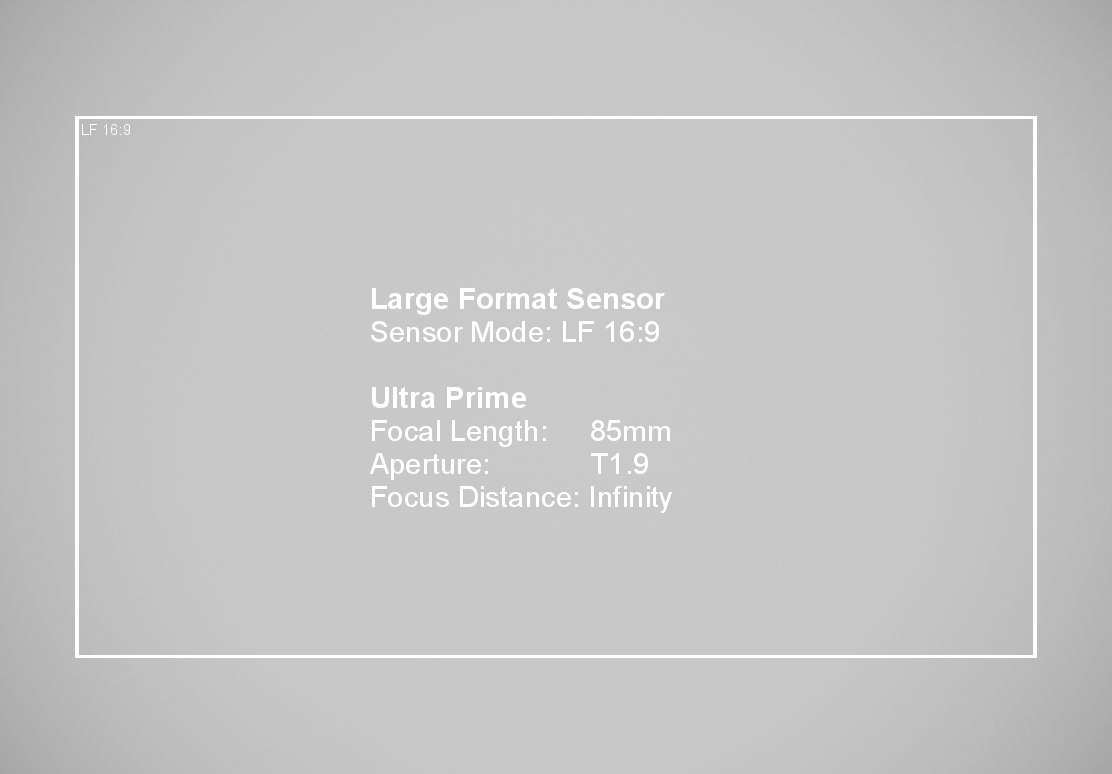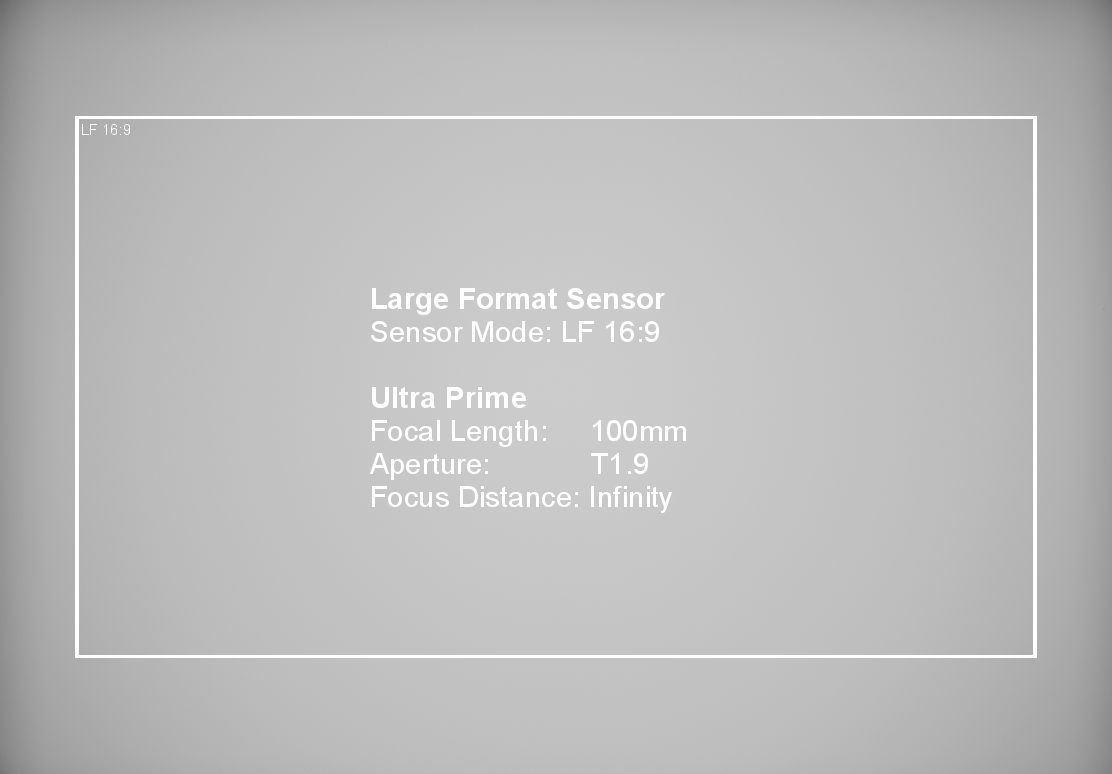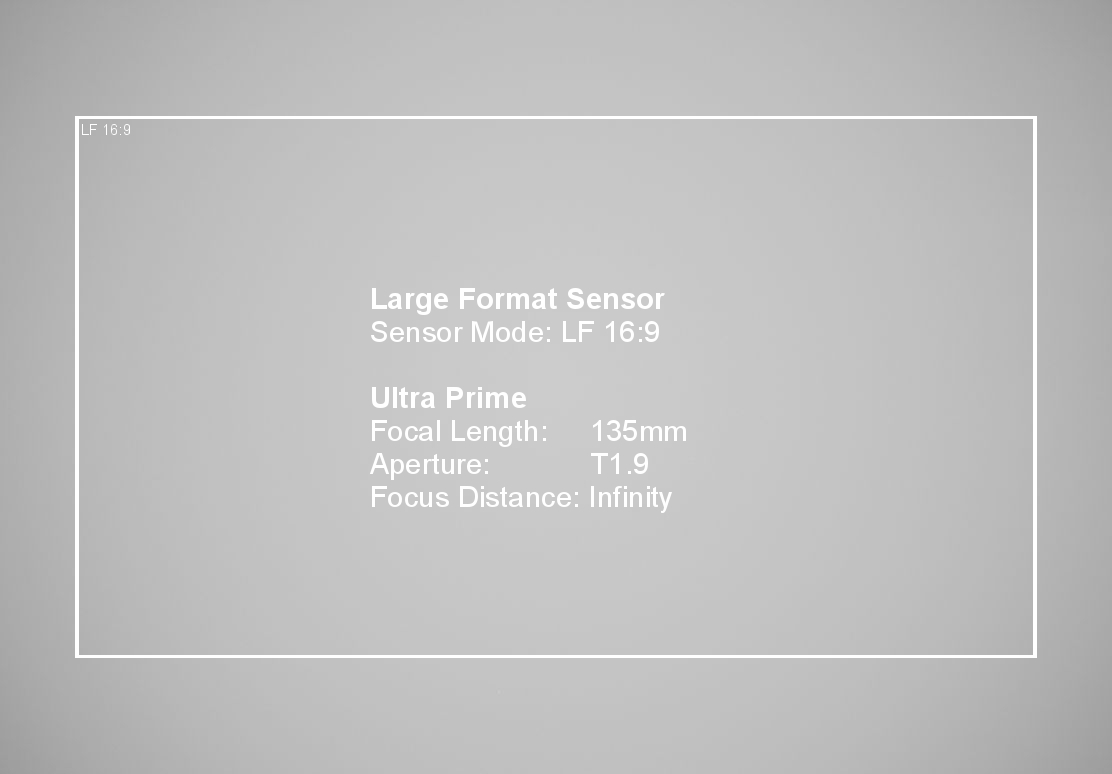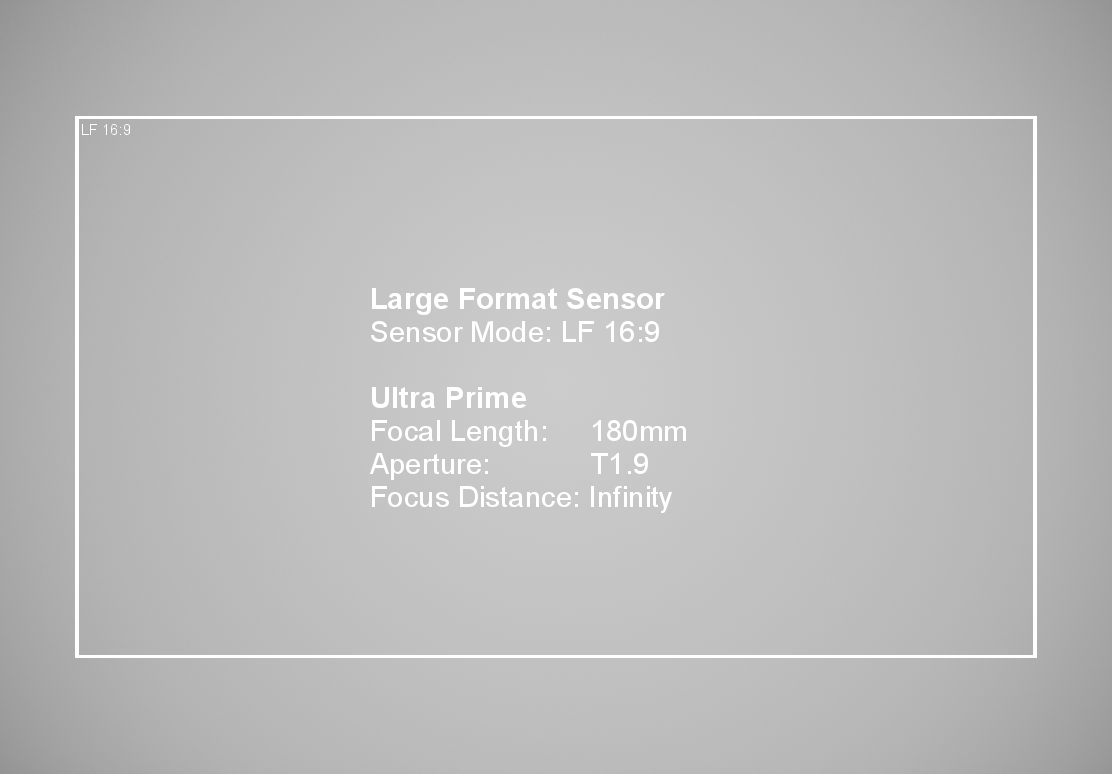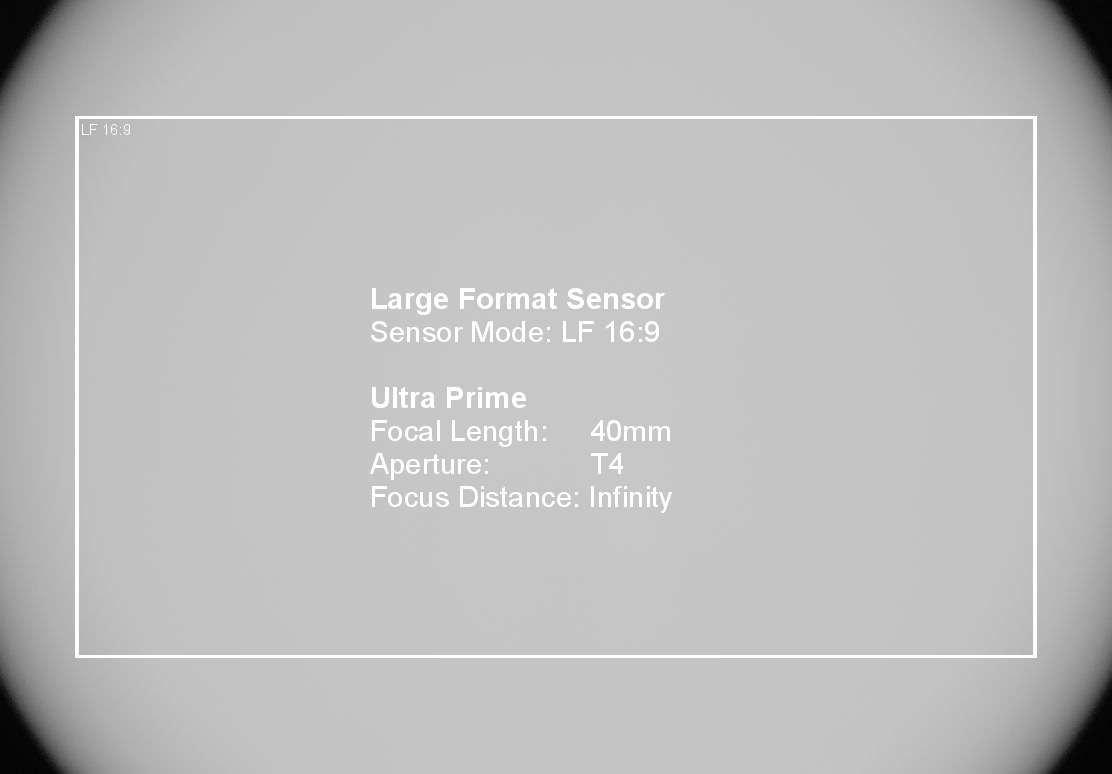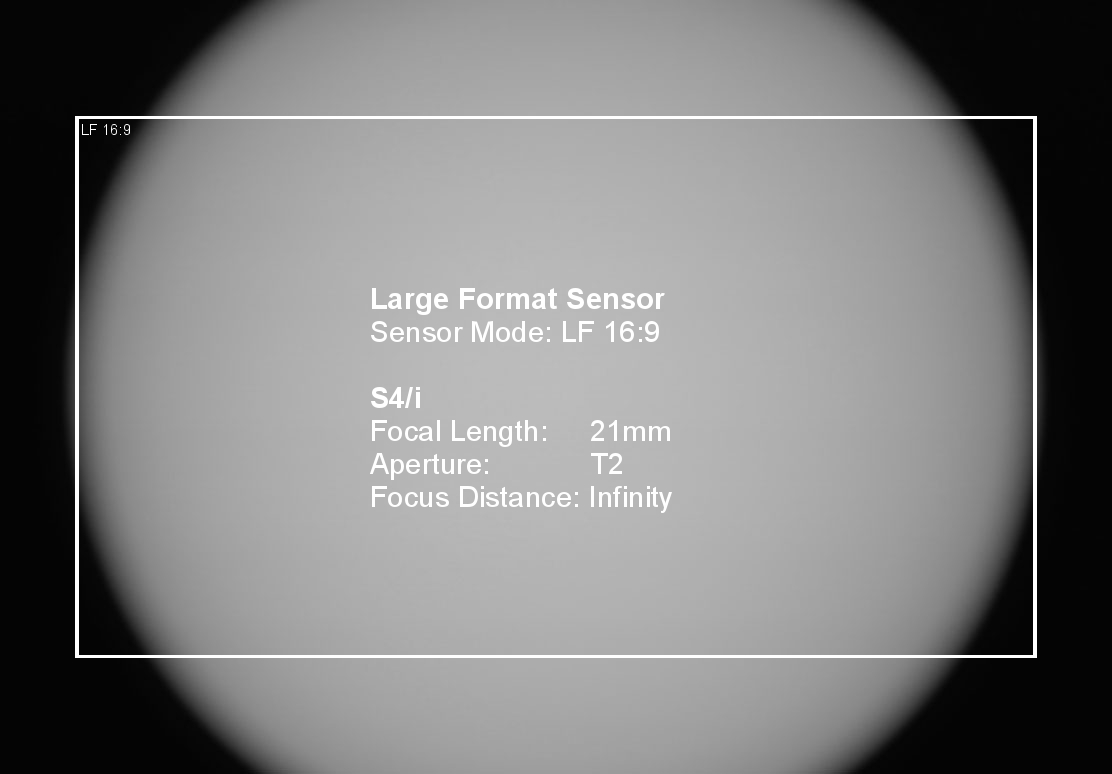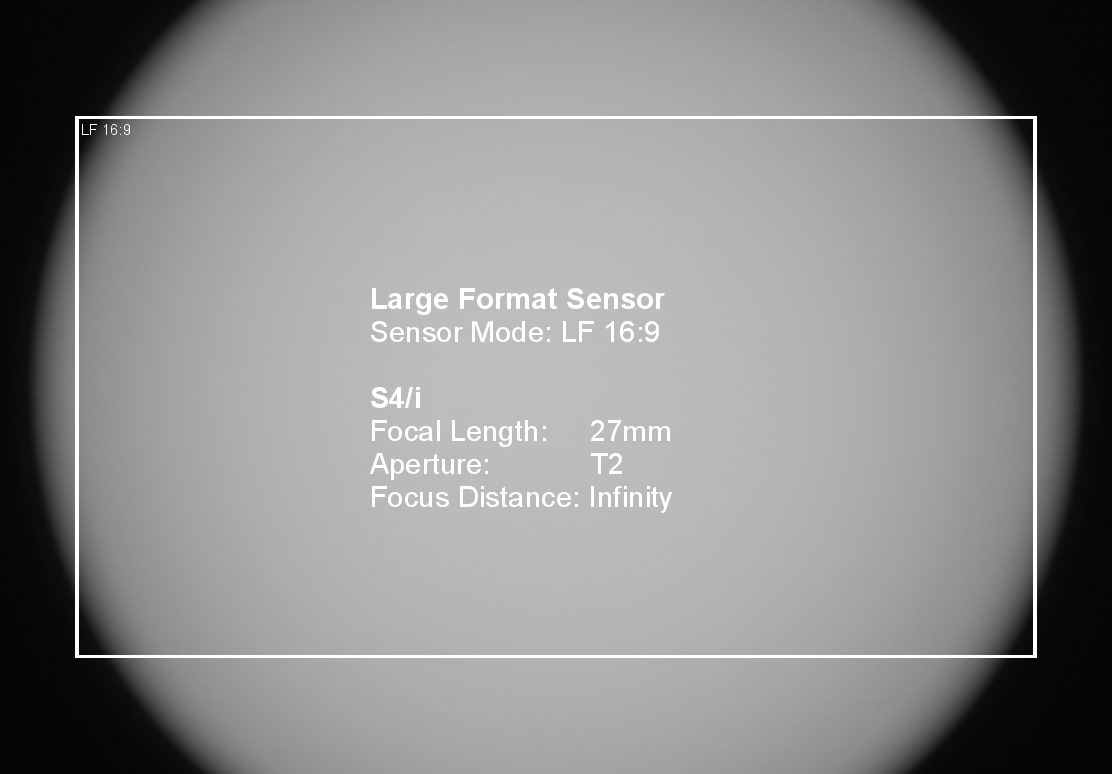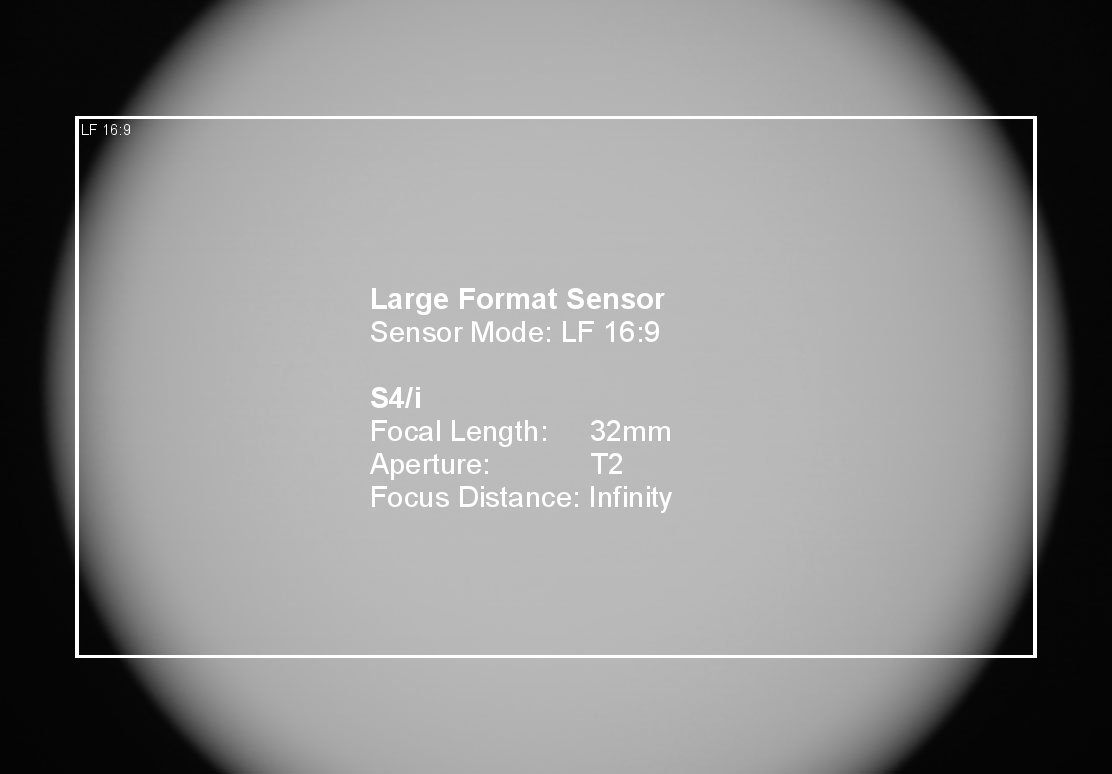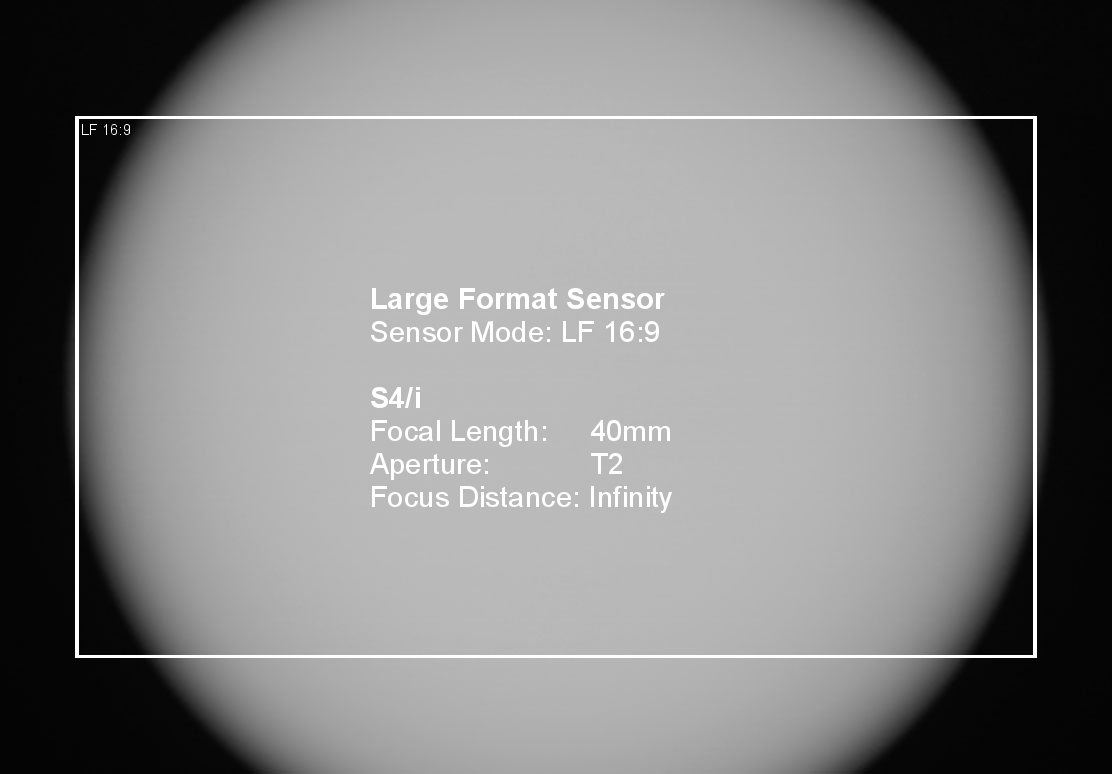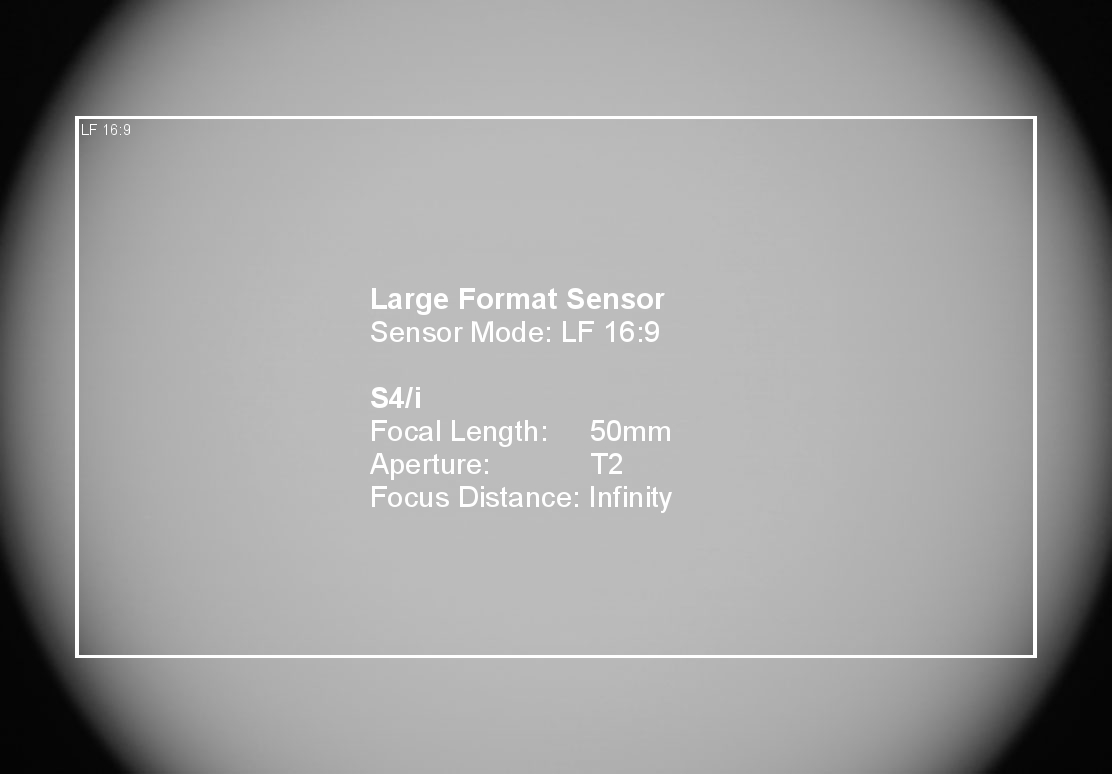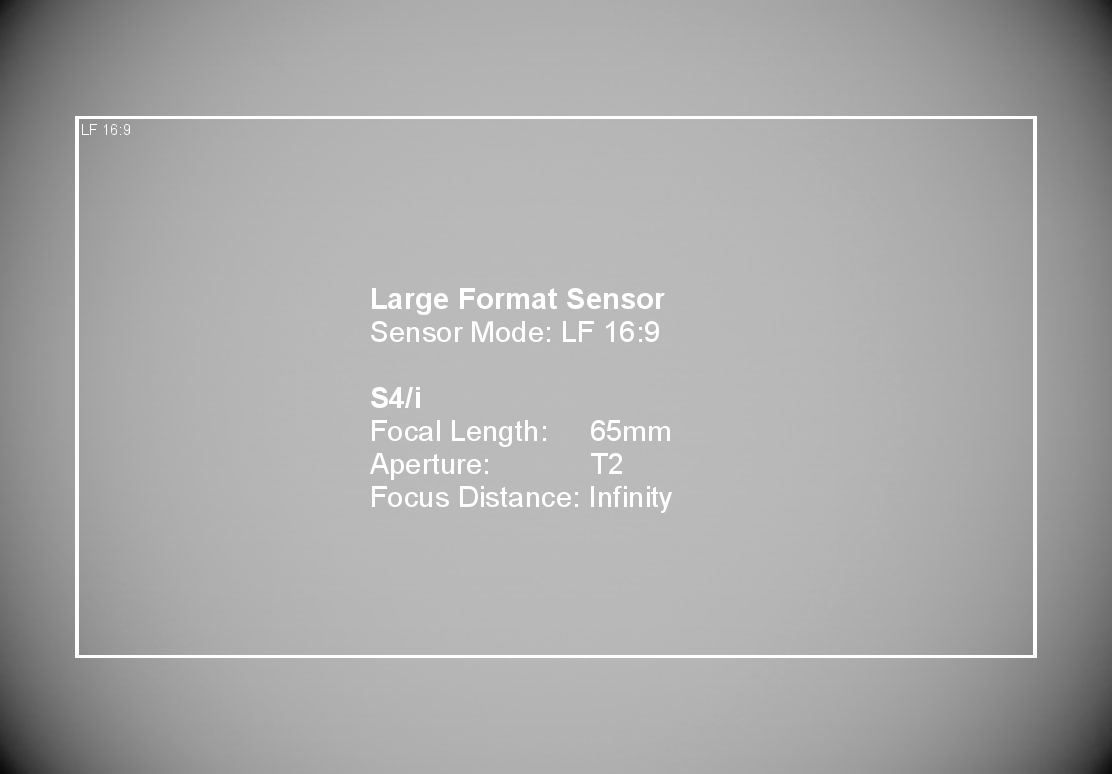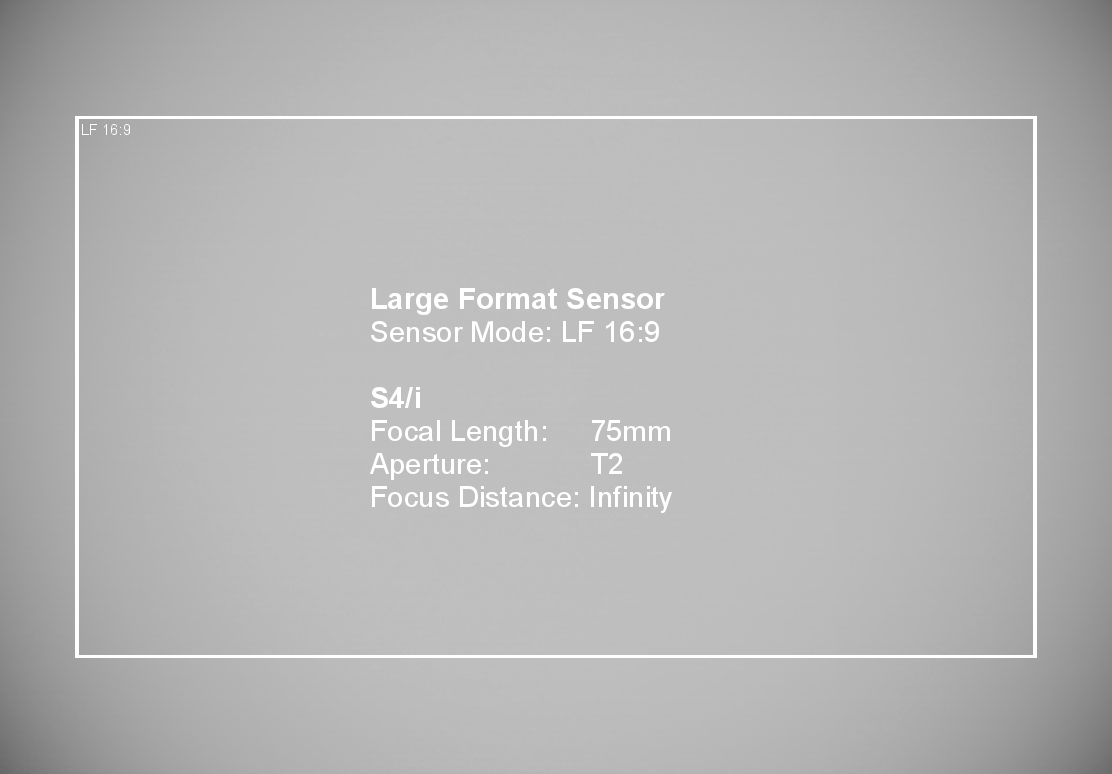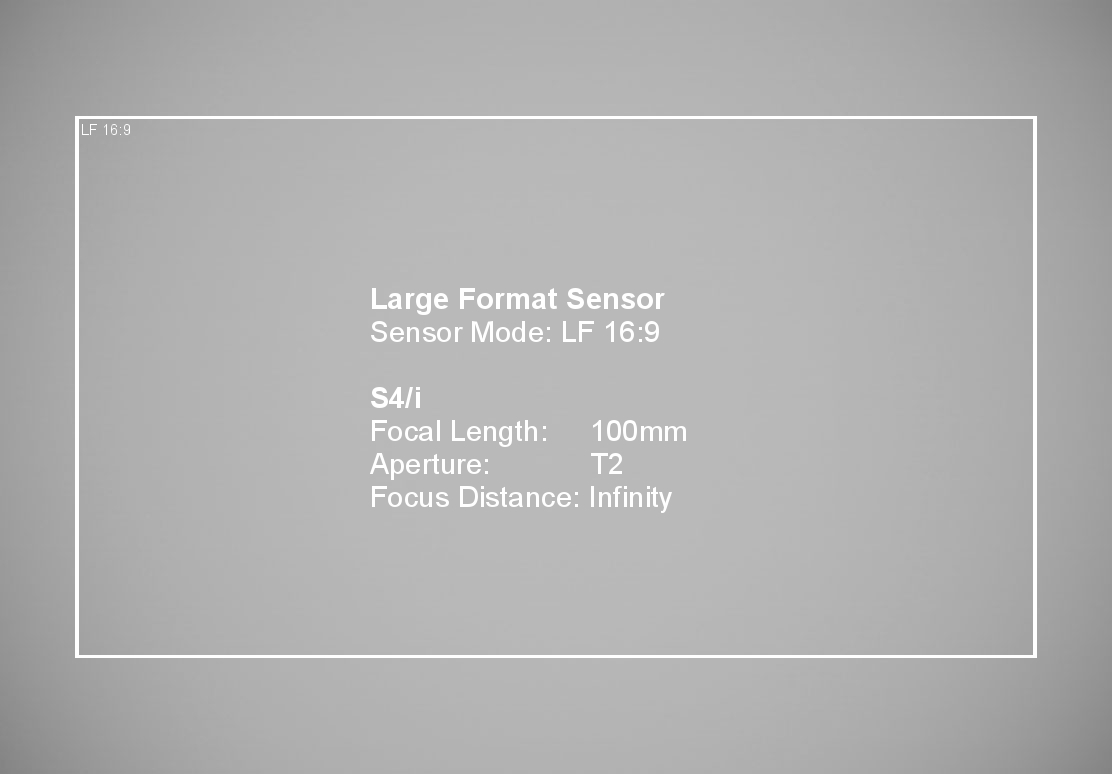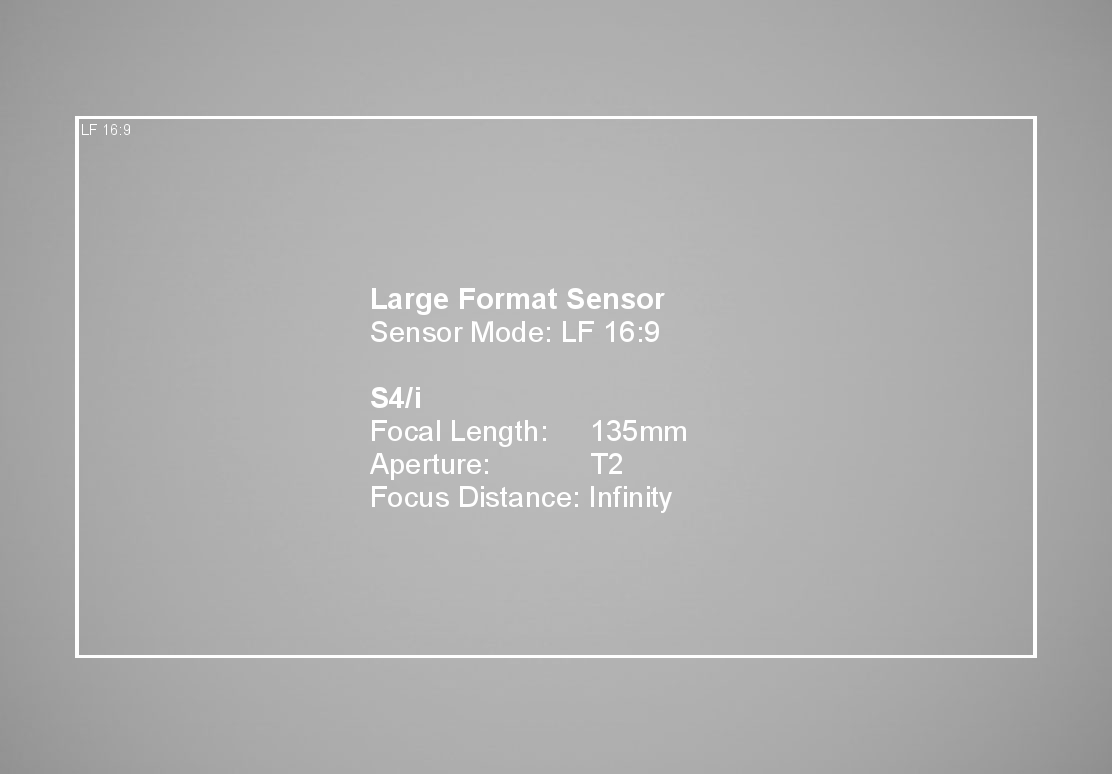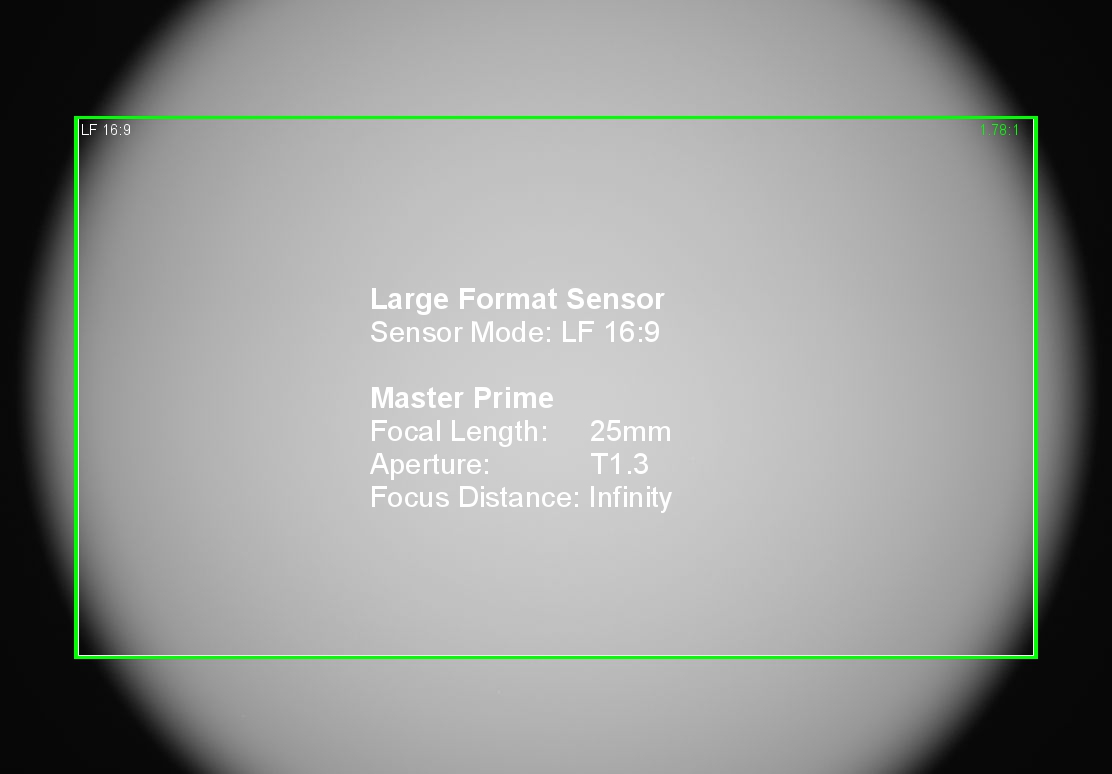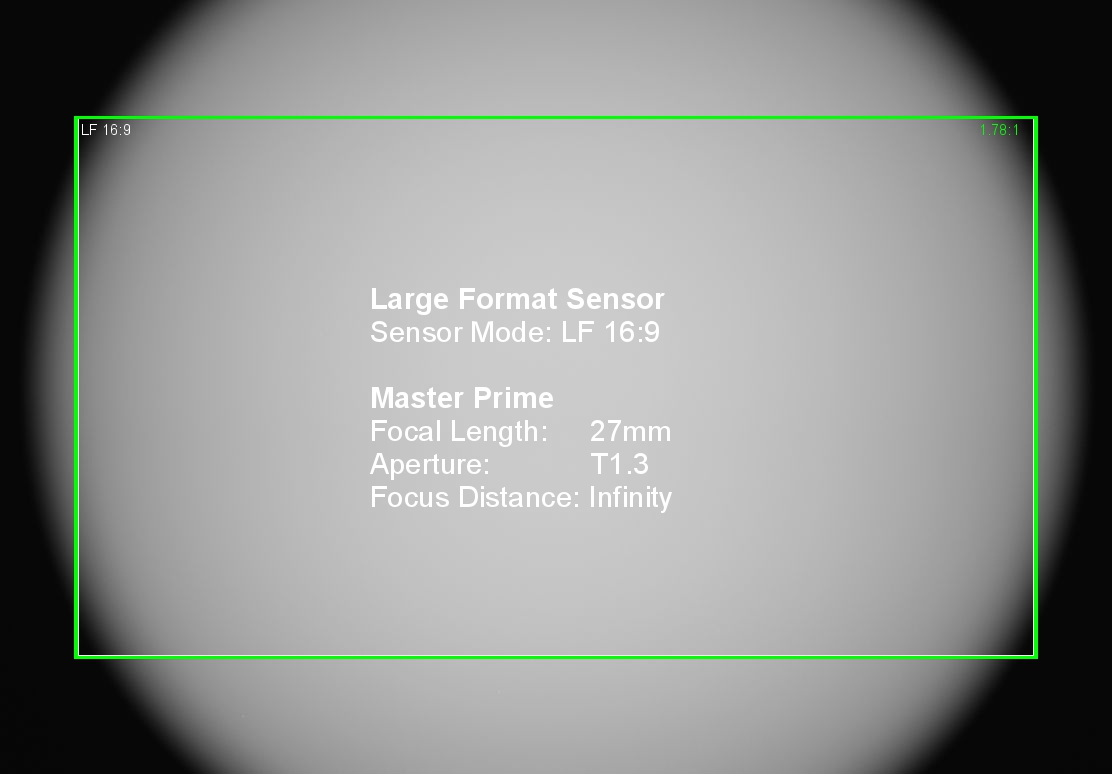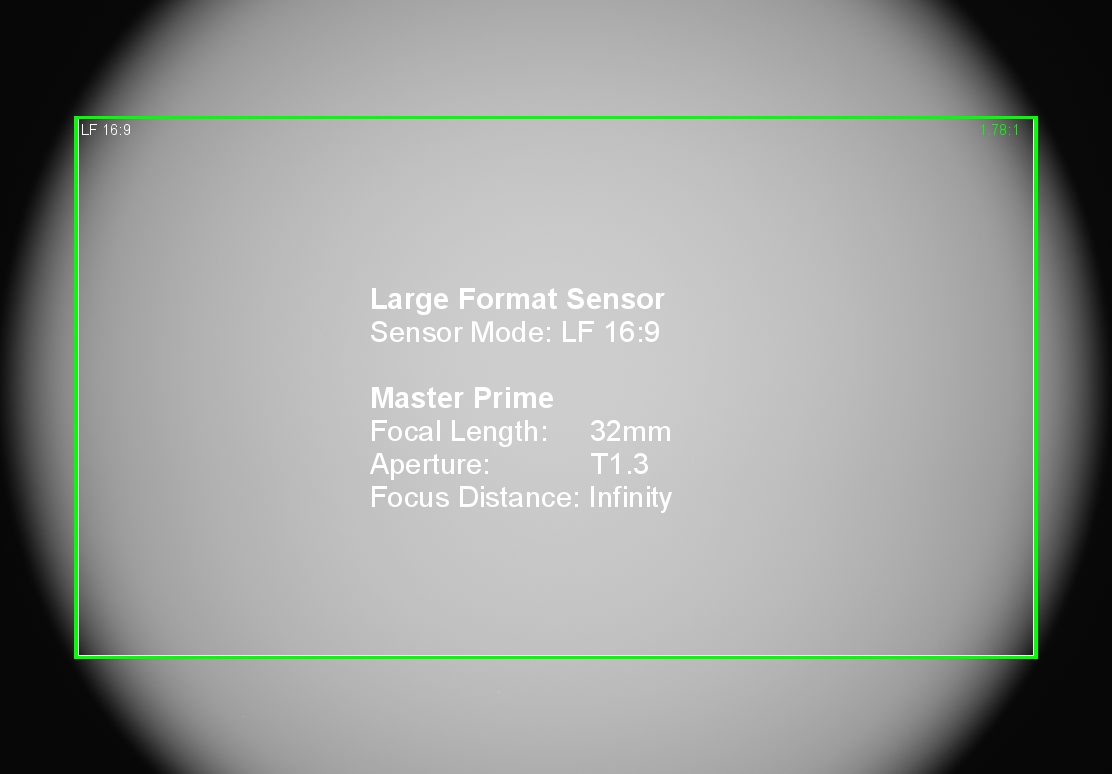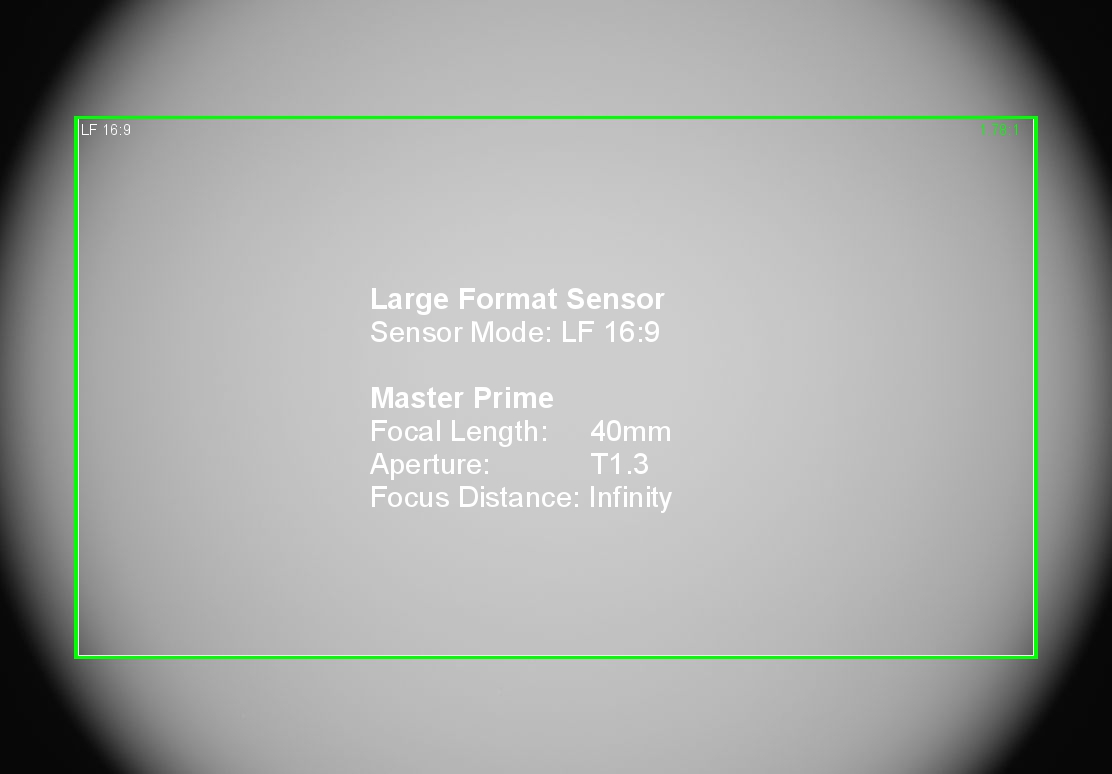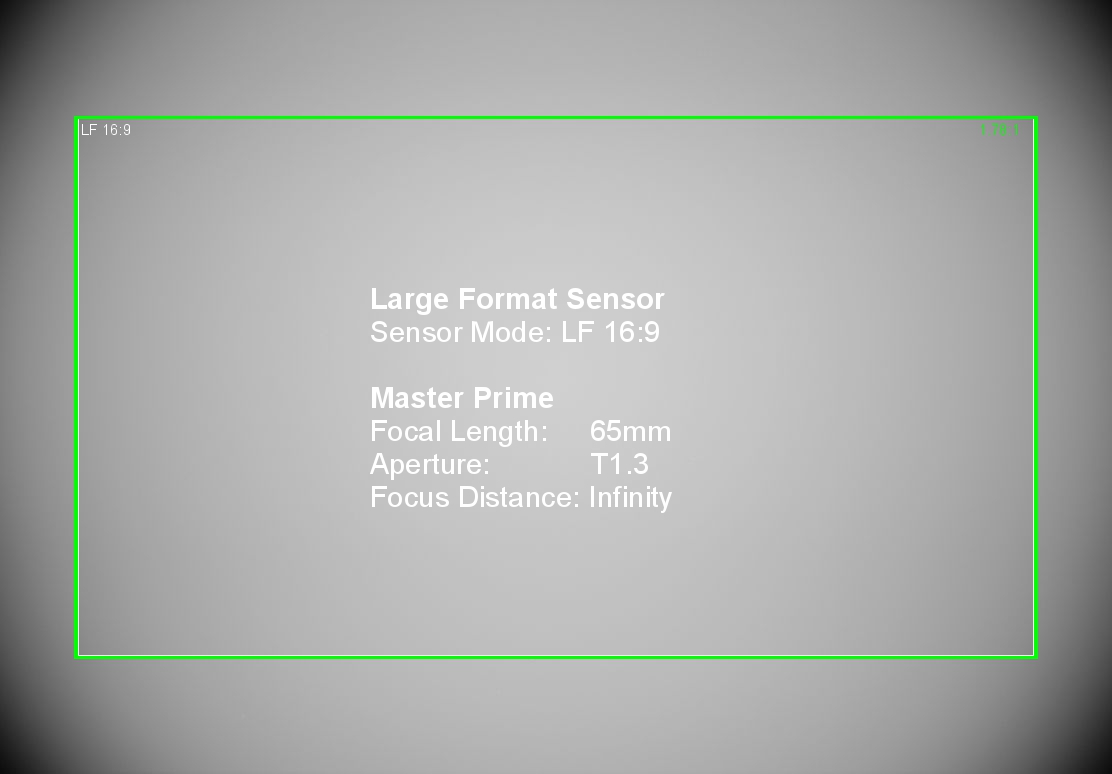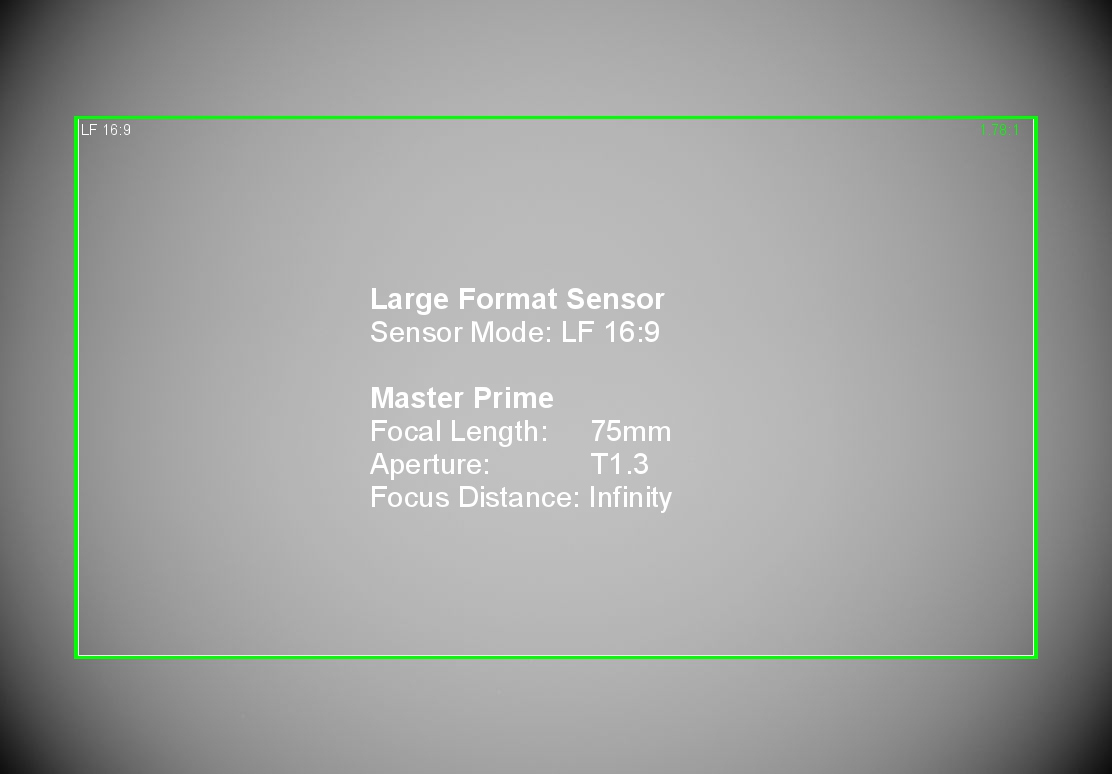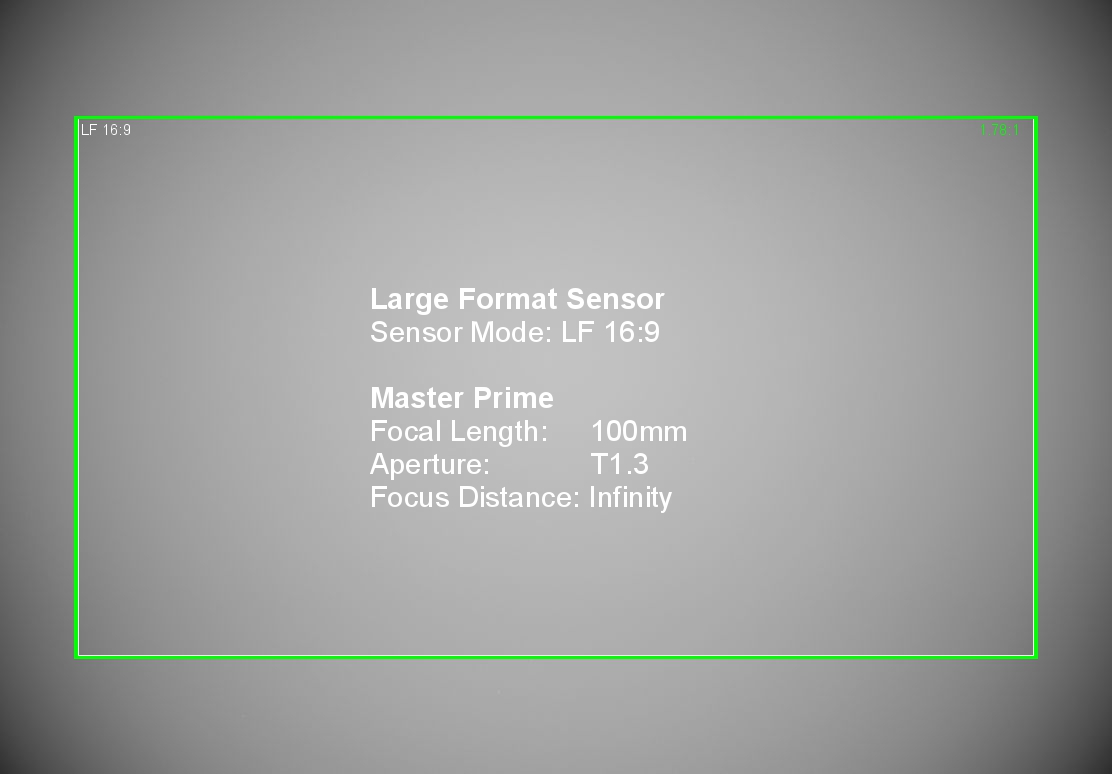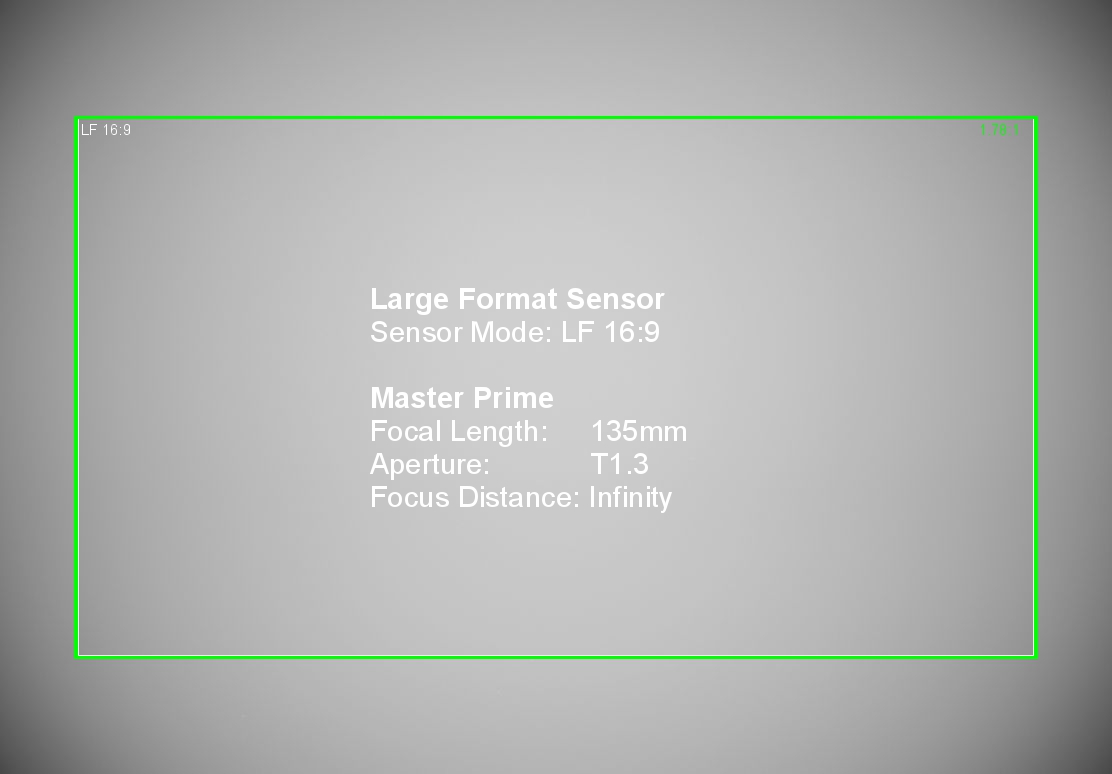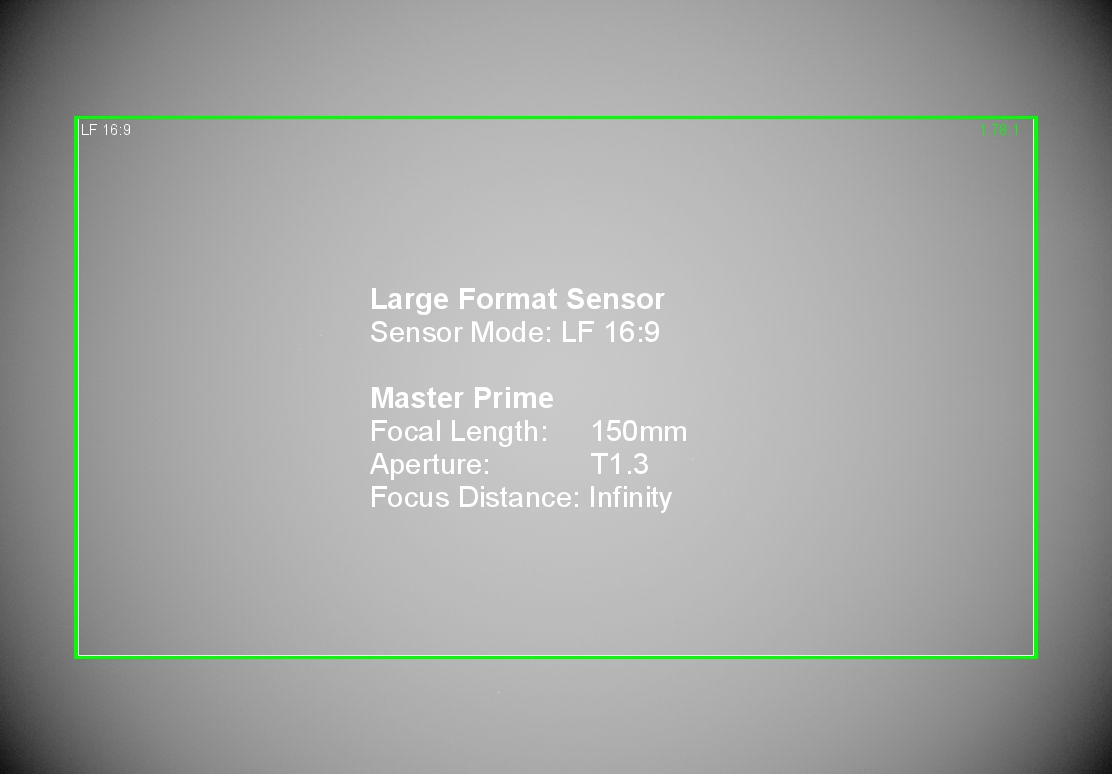Old glass and large sensors need a lot of testing. The results may surprise you.
In this article I took a look at how older S35 lenses performed on a full frame RED Weapon Monstro. Scaling the sensor window to fit older lenses yielded some amazing and weird results. There was more to learn from this experiment, and it relates to lens design.
Jim Rolin, video engineer and co-owner of rental house Videofax, told me something curious: he’d found there were lens “breakpoints” where the illumination circle of a lens in a set would shrink. For example, the 20mm, 24mm, 32mm, 50mm, and 65mm Ultra Primes covered the full Monstro frame, but the 40mm didn’t. He’d noticed this across several different lens sets, and the results were fairly consistent: around the 40mm mark, the illumination circle contracted. Occasionally he saw this again around the 75mm mark.
Recently I used a RED Weapon Monstro on a branding project. The area was busy and my lens options limited. Videofax offered me a set of Ultra Primes but reminded me about the 40mm. Not everyone checks these things, and they didn’t want any surprises at the prep.
I work part-time as a trainer for the ARRI Academy. One of the tools we show in every class is the online ARRI Lens Illumination Guide. It shows sensor coverage across a variety of lenses and aspect ratios using stills captured by ARRI cameras. I decided to use this tool to test Jim’s observations.
The effect isn’t as dramatic as I saw on the Monstro, but it’s definitely there. The 40mm didn’t cover the Monstro in 8K HD, but it still covers UHD on the Alexa LF. The 50mm is the same, and possibly slightly worse.
It appears that there’s another break point at 100mm. It’s subtle, but it’s there.
The frames shown above are the worst case scenario. Stopping the lens down resolves a lot of these issues. For example, stopping the 40mm down to T4 yields:
The outer part of the circle is still there, but the innermost “blur” has backed away from the edges of the frame. Keep in mind that these images were captured on an Alexa LF using a PL mount on an LPL adapter, so these lenses cover more sensor area than they would on a traditional PL mount.
Let’s take a look at some Cooke S4s:
I see a breakpoint at 40mm, but the longer focal length breakpoint doesn’t seem to be present.
Here’s a look at Zeiss Master Primes:
This time the breakpoint is at 65mm, and again at 150mm (which is one step beyond two times 65mm).
Something was going on, and I didn’t understand it… yet. After a lot of research on the Internet answers from a couple of optical experts, I think I know what’s going on.
Three Fundamental Designs
There seem to be three distinct lens design groupings: telephoto, reverse telephoto, and symmetrical. They exist because a simple, lens will focus at a fixed distance from its optical center. This distance is the focal length, and it presents an interesting problem. How do we make lenses of different focal lengths project a sharp image at a consistent distance? If the flange depth for a standard S35 lens is 52mm, how can we focus 100mm and 20mm lenses?
The trick is to optically “push” or “pull” the image such that it lands in the correct spot. In the case of the 100mm telephoto, the image pulls forward, or shrinks, to cast a sharp image on the sensor. This is also how lens designers create lenses that are shorter than their focal length. From the sensor’s point of view, the lens looks longer than it is.
Reverse telephoto, or retrofocal, lenses do the opposite. They magnify the image to push it back toward the sensor. This enhances optical imperfections, which makes wide angle lenses more complex and expensive to manufacture.
A 50mm lens can is a simple design as it sits 52mm from the sensor. The elements are roughly symmetrical from front to back. That’s not much of a stretch.
The breakpoints seem to happen where one lens design transitions into another. A 20mm Ultra Prime is retrofocal, and it’s safe to assume that the 24mm, 32mm and 35mm are as well. The 40mm’s smaller image circle tells me that we’ve likely jumped to a symmetrical design. I assume that the designers would jump at the first opportunity to simplify their lens designs. The complex machinations that “push” the image towards the sensor are no longer necessary.
As we move into longer focal lengths there’s another break point where the design jumps again. Telephoto optical strategies become necessary to aggressively “pull” the image forward to the sensor.
The bottom line is that it’s a bad idea to make assumptions about lens illumination circles when it comes to large format cinematography. We can’t assume every longer lens in a set will work beyond the first one that does. We must test every lens. In some cases, it’s possible to use a third party expander to enlarge the illumination circle, but there’s no avoiding the need to increase exposure. Magnifying that circle costs light, and most expanders won’t function wider than f/2.
The first critical point is immediately before the focal length matches the focal depth. For example, a 40mm lens against a 52mm flange depth seems to be a consistent issue. Another point exists at multiples of the focal length: 52mm vs. 100mm or 150mm.
Longer lenses don’t often vignette enough to cause problems, but shorter lenses do.
ARRI captured the images above using an Alexa LF with a PL-to-LPL adapter. Lens coverage is greater than through a PL mount alone, which has a rear opening that’s small enough to reduce the illumination circle. The LPL mount has no such barrier, even with a PL adapter. An S35 lens adapted to an LPL mount will project a larger illumination circle than through a PL mount alone.
LPL employs a 44mm flange depth. This makes lenses easier to design and leaves room for adapters. Increasing the flange depth complicates lens designs, although I don’t completely understand how. Several still camera companies are making the move to shorter flange depths as the lack of a mirror shutter offers more lens design options. The same is true of digital cameras: the PL mount leaves room for a spinning shutter that digital cameras don’t have. It’s time we reduced that space and opened up a new world of lens design. Spinning mechanical shutters are not coming back any time soon.
The new ARRI Signature Primes are designed for large format and a 44mm flange depth. They are also partially telecentric. I’m told that this design would not be possible when working with a 52mm flange depth.
Try the ARRI Illumination Guide. All the images are downloadable. I clicked on Download > All Lens Settings at the bottom right and downloaded a .zip archive for each lens set. Each image has guides overlaid for the format I chose. Until ARRI finds a way to drop the files at your house and load them into your computer I don’t see how this tool could be easier to use.
Lens coverage and the quality of that coverage are important issues to consider. We can’t shoot without lenses, and every lens imparts personality to the image. They are the camera’s window to the world and by extension our window to the audience. Finding the right lens set for the story at hand, and verifying that it will work with your chosen format, is a new dimension to cinematography. Large format is taking hold, yet we don’t have a lot of widely available lens options yet. This will change, but until then we can’t take anything for granted.
Disclosure: I work part-time as a trainer for the ARRI Academy. I was not paid by ARRI to write this article.

Filmtools
Filmmakers go-to destination for pre-production, production & post production equipment!
Shop Now